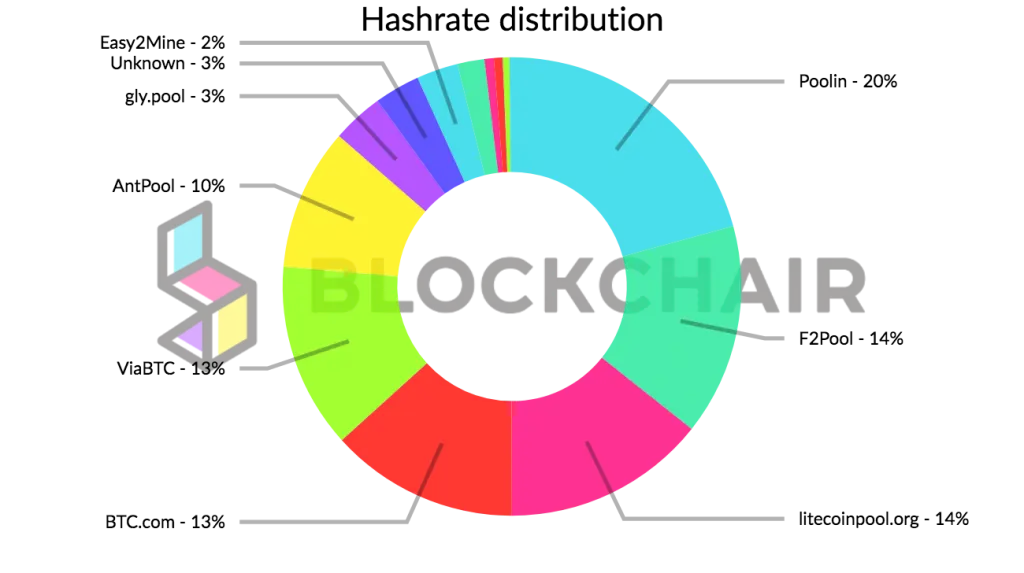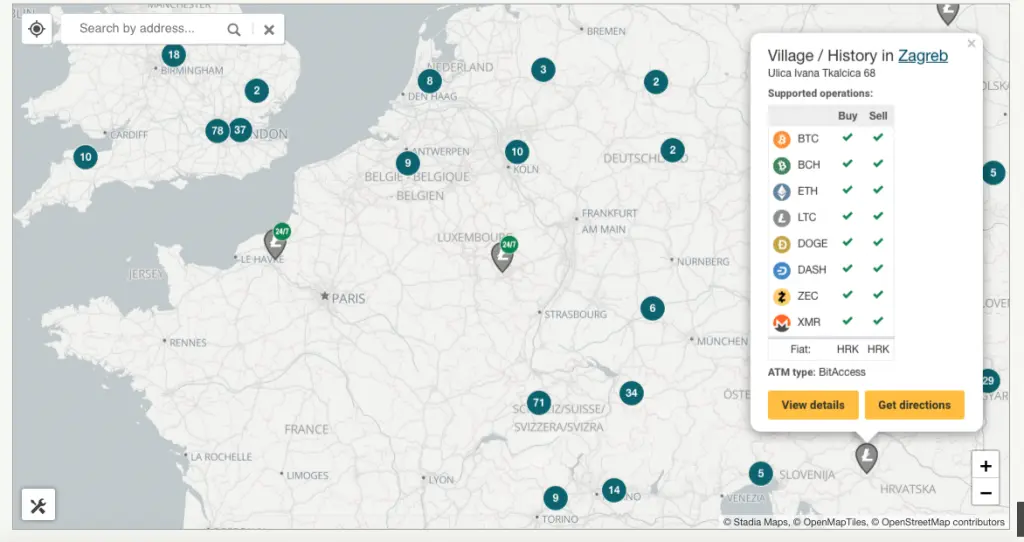 Charlie Lee. Image; Source: Cryptoglobe
Charlie Lee. Image; Source: Cryptoglobe

As the name suggests, Litecoin was envisioned as a light version of Bitcoin. The latter was meant to become a digital replacement for cash but eventually was appropriated as a digital unit of value. Since then, Bitcoin has become known as “digital gold”, and Litecoin, designed for day-to-day transacting — “digital silver”. Litecoin creator is no enigma — his name is Charlie Lee. By 2011, when Litecoin was created, he had been working in Google for about a decade. He explicitly intended the coin to be modeled after Bitcoin but adapted for daily uses. Right now, he is working full-time at Litecoin Foundation and is active on social media.
Litecoin Network is sometimes called a fork of Bitcoin Core, though it actually is a so-called project fork. Litecoin never shared a record with the Bitcoin network but is built on the same code. It uses the same Proof-of-Work consensus mechanism and the same miner reward logic. On a basic level, Litecoin works almost identically as Bitcoin. One of the differences from its predecessor is that Litecoin features shorter block times, which means transactions are confirmed faster, and the network can handle more transactions at a time. The block size is capped at the same 1MB, though SegWit which was introduced in Litecoin first, lets blocks handle even more transactions. Here are a few stats to compare BTC and LTC networks (from bitinfocharts.com):
 Source: bitinfocharts.com
Source: bitinfocharts.com
Litecoin’s 0.0001LTC fee barely comes up to $0.01USD. In comparison to BTC’s transfer fee, it is barely noticeable.
 Source: bitinfocharts.com
Source: bitinfocharts.com
The block time is 4 times less that of Bitcoin’s. To compensate for faster propagation, the total amount of Litecoins to be ever mined and the halving countdown are also scaled to be 4 times more than Bitcoin’s.
Mining Digital Silver
Anyway, it wouldn’t be a coin of its own if there were no additional differences from the main client. For one, the hashing algorithm Litecoin uses is called Scrypt, and while Scrypt utilizes SHA-256 calculations, it also requires memory in addition to computing power, so parallelizing the calculations with it is barely possible. What it means in practice is that Scrypt is ASIC-resistant and therefore mitigates the problems that arise from the industrial-scale mining: extremely high energy consumption and centralization around miner pools. However, ASIC-resistant doesn’t mean ASIC-proof, and Scrypt ASICs have been developed for a while now. Litecoin mining is not hobbyist-friendly anymore, though anyone can still join either in a pool, out of curiosity or with a noble goal of decentralizing the network.
 Data from blockchair.com. “Unknown” here refers to individual miners.
Data from blockchair.com. “Unknown” here refers to individual miners.
Faster block creation does not only mean faster confirmations, but also more distributed miner awards. The current reward for a block is 25 LTC or $1,048 USD at the time of writing. There have already been two reward halvings since the inception of Litecoin in 2011: first, in 2015 and then in 2019. On the other hand, faster network propagation rate can increase the chance of an orphaned block, a legitimate block that was not included on chain.
Value from Utility
Just like with other cryptocurrencies out there, the value of Litecoin lies in its utility. Blockchain guarantees that the transactions on chain are transparent, immutable and irreversible. The PoW consensus algorithm safeguards the network against hacker attacks, which happen to centralized entities all the time. In a hypothetical scenario of a 51% attack, the hackers would have to produce over 88 TH/s of computing power on their own, spending no less than $14 thousand USD an hour, so such an undertaking is barely economically feasible. The overall supply limit of LTC is 84 million, four times that of Bitcoin’s, but it still uses the same principle of reward halving to ensure the scarcity and deflation of the currency. Transactional capabilities of the network and imperceptible 0,0001 LTC transfer fee supposedly contribute to the utility of Litecoin as well. The fee, like in other transactionally active networks such as XRP and Dash, is in place to prevent flood attacks that spam the network, and further increase its security. At the time of writing, Litecoin ranks 7th by market capitalization, valued at $42,07 USD per 1 LTC. The total circulating supply is 64 553 218 LTC.
Litecoin & Smart Contracts
Litecoin has been ahead of its “big brother” not only with SegWit implementation but also with atomic swaps. The first atomic swap was conducted in September 2017 between Litecoin and Decred. It is a smart contract technology that allows users to make cross-chain currency exchanges without any intermediaries. This fact potentially adds to the utilitarian value of Litecoin as well. The Litecoin community, among other things, is also discussing the introduction of Mimblewimble smart protocol to the network, along with Extension Blocks. It lets users mask addresses and amounts sent, being basically an opt-in privacy feature. The conclusion is yet to be made because the suggestion has raised concerns about delisting from some exchanges. However, the optional nature of it gives reassurance that this is not too likely to happen.
Wallet for Your (Lite)coin
Which wallet should you choose for Litecoin? A few of the options available are: Hardware wallets that do not interact with the Internet and keep your private key unexposed: Trezor and CoolWallet interface software will let you swap any crypto with LTC, provided by ChangeHero. Litecoin Core client: while it will take a whopping 15 Gb of memory, since it includes the entire copy of the blockchain, it is also the best adapted for LTC specifically and allows you to participate in running the network without mining. Software desktop wallets: Exodus, Electrum-LTC, Atomic, Guarda Wallet. Mobile wallets: in addition to mobile versions of Atomic and Guarda, there are also Edge, Mobi and Ethos wallets.
Access and Use
You can buy and sell Litecoin on most major exchanges like Bitstamp, Gemini, Coinbase or Bitfinex. In addition to exchanges and OTC desks, you have an option to buy Litecoin in the ATMs all over the world — check the map to find a nearest one!

/> Finally, a list of vendors that accept Litecoin can be found here. It’s not a long list yet, but as the public awareness will grow, it surely will expand. If you’re ready to add some “digital silver” to your portfolio or to test LTC in practice, you can easily and quickly swap it with ChangeHero!
To Recap…
In the end, Litecoin is a bit more than Bitcoin Lite. The improvements made to the first cryptocurrency’s technology make Litecoin deliver on its use case. If alt season ever comes, it will definitely take its niche and probably stay at the top as one of the longest standing and efficient altcoins. Did you find the article interesting or informative? Please let us know with your feedback! To not miss a new piece of content, subscribe to ChangeHero Blog and follow us on Twitter, Facebook, , Telegram to be the first to get notified. Take care!






